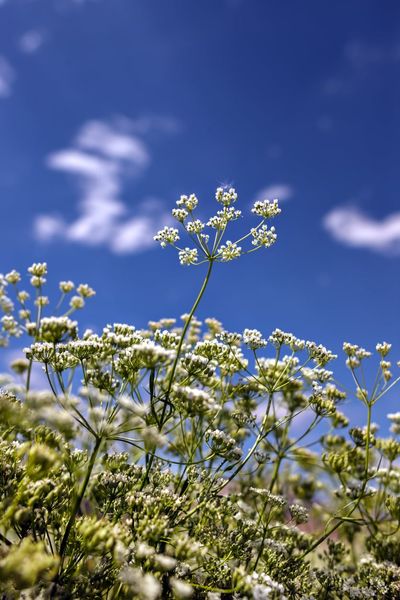Anise Insect Repellent
Anise is a stunning, low-maintenance, drought-tolerant plant with feathery upper leaves and umbrella-shaped clusters of dainty yellowish-white flowers. But, does anise repel bugs in the garden? Commercial pest control products are loaded with chemicals that are harmful to pets, human beings and the environment. Seasoned gardeners say anise pest control is an easy, nontoxic way to discourage aphids and other harmful pests. Aphids may be tiny, but the voracious little sapsuckers can decimate a healthy plant in nothing flat. It appears that the destructive little pests don’t appreciate the slightly minty, licorice-like aroma of anise, however. Slugs and snails can strip mature plants or destroy a bed of succulent seedlings in a matter of hours. Apparently, the slimy pests, like aphids, are repelled by the smell. Anise, along with cultural controls and hand-picking, can go a long way towards keeping your beds free of slugs and snails.
Growing Anise as a Pest Deterrent
Discouraging pests with anise is as easy as planting it in your garden. Plant anise in rich, well-drained soil. Dig in a generous amount of compost or manure to improve growing conditions. Anise is easy to grow by seed. Just sprinkle the seeds over the soil and cover them very thinly. When the seedlings are about six weeks old, thin them to a spacing of at least 12 inches (30 cm.). Water anise regularly throughout the growing season, especially just before the plants are ready to harvest. Anise requires no fertilizer. Keep weeds in check; otherwise, they’ll draw nutrients and moisture from the anise plants. You may need to stake tall anise plants to keep them upright in windy weather.
